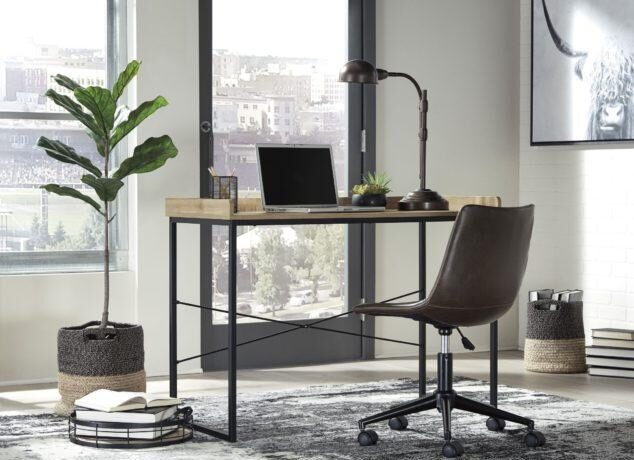Interior design is a trendy topic in the world of business. Ever since the likes of Google broke the rather monotonous, minimalistic mould of corporate office design, many startups have followed suit, creating working environments that inspire and welcome employees. Office interiors may well have been a topic that seemed frivolous & unimportant to many business owners in the past. However, the impact on productivity, wellbeing and employee-retention is now backed by science. With the average Westerner spending around 85% of their time inside buildings, it is not all the surprising!
Rather than looking at the company, the business, the work and what the requirements are in terms of office design, a pioneering shift occurred the first time a business owner, considered the emotional and physical needs of his or her employees/associates first.
Too often we notice what we think about a design – it “looks nice” or “I don’t like those curtains” but it’s not very often that we notice how we feel about it, or how we feel when were are inside specific rooms.
Design Impacts Our Emotions
Whilst we rarely notice how good design makes us feel, we are constantly aware and irritated by bad design. For example, if an employee has to squeeze around a desk to get into his or her seat, if they can’t reach a cupboard in the office-kitchen or they constantly trip on a step or a piece of worn carpet – then their underlying mood is likely to change to a negative one.
Clutter can also have a huge effect on people’s moods and even wellbeing. In 2012, UCLA’s work to delve into the workings of the suburban home found that a cluttered home, substantially increased homeowners stress, as measured by cortisol levels.
British designer Ilse Crawford states that we “…read our environment through the senses”, she goes onto state that our senses connect us to the world. Design not only shapes the spaces that we use every day, but it also shapes the experience that we have in those spaces – it can change our behaviours.
Plants & Nature
The inclusion of nature into the working environment can also have a significant, positive impact on wellbeing. Everything from animals to aloe vera can make people generally feel calmer and even improve our memories.
Plants can also improve the air quality of an office. Plants such as aloe vera, areca palm and English Ivy can significantly improve air quality. The therapeutic effects of nature should not be surprising, as cities are a relatively new concept when you look at our evolutionary history over tens, possibly hundreds of thousands of years being amongst nature in its untouched state.
Green exercise (exercise in nature) has also been shown to have benefits beyond exercise indoors and the positive impact of plants has led offices in Delhi to invest significant amounts of money in plants to manufacture clean air, whilst Amazon’s offices in Seattle feature huge ‘spheres’ jam-packed with plants and trees, with employees encouraged to work amongst them.
Making the most of the natural surroundings and the therapeutic effects of nature are also something that pioneering UK company Moneypenny has done. With an orchard, a nature trail and huge floor-to-ceiling windows to make the most of the natural surroundings and the natural light, the office design has delighted visitors and employees alike.
Lighting
In Japan, there is a national problem with suicide. As you might expect, they have carried out several initiatives to combat the problem. One such initiative highlights the potential impact that lighting can have on our mood and wellbeing. To prevent suicides at train stations in Tokyo, specifically designed, blue lights were installed to induce a more positive mood in commuters. The result was an 84% decrease in suicides. You can read more about this case study on the BBC website here.
Somewhat less dramatic but still critical when it comes to the potential impact on wellbeing, was the results of the study published in the International Journal of Environmental Research and Public Health. The study examined the amount of sleep that office workers exposed to natural light vs office workers who were exposed to no natural light and found that those who were exposed to natural daylight got on average – 46 minutes more sleep per night. With some authors such as Matthew Walker – author of the bestselling book “Why We Sleep” arguing that sleep may be more important than a good diet or even exercise, the impact of natural light on our wellbeing appears to be huge. Compounding its importance have been a number of earlier studies that adults and children tend to perform better on cognitive tests when exposed to a certain level of natural light, compared to those who have very little or no natural light exposure.
Just the Tip of a Substantial Iceberg
Whilst the inclusion of nature and natural lighting, are arguably the most significant design factors when looking at improving office-wellbeing, there are many more to be considered. In his book – Happy by Design, author and architect Ben Channon outlines seven fundamental design elements to consider when designing any space to optimise wellbeing:
– Light
– Comfort
– Control
– Nature
– Aesthetics
– Activity
– Psychology
And that doesn’t even touch on the impact that co-workers can have on each other’s moods and wellbeing! A topic for another blog post maybe…







